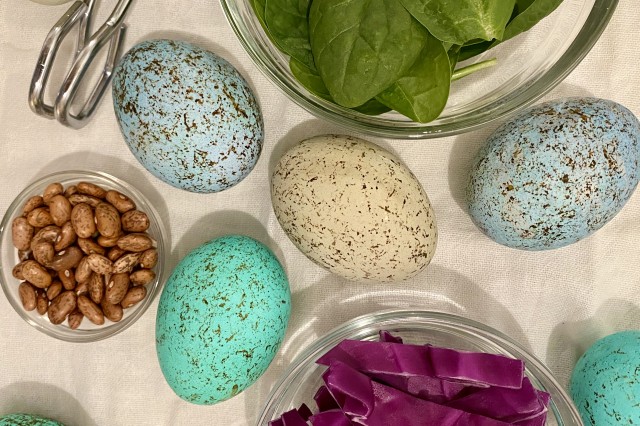
activity | gr 2-5
Ever wondered how the bones of extinct animals make their way into our exhibit halls?

Scroll to the bottom, to find definitions for words printed in bold.
Fossils are the evidence that paleontologists use to learn about life in the past. Fossils form only under very special conditions. Most animals and plants that die do not become fossils!
Fossils can form in many ways. Most dinosaur fossils were preserved through a process where bits of minerals in sediment fill in tiny open spaces in bone (or other organic tissue), slowly replacing the original material. Eventually, it becomes a rock in the shape of the bone!
Each year, staff from the Museum’s Dinosaur Institute go out into the field in search of fossils...
Our more recent fieldwork has explored the Late Jurassic Morrison Formation in Utah, primarily at a location known as the Gnatalie Quarry. The Late Jurassic is an important time period as it documents some of the earliest known birds! Many important fossil discoveries have come out of the Gnatalie Quarry.
After being excavated, fossils are brought back to the Museum, where they arrive in protective plaster jackets. When it’s time to start preparing a fossil the plaster jacket is carefully opened on one side, and the preparator goes to work.
Careful preparation is an important part of protecting fossils for research today and for work by future paleontologists.
The amount of time it takes to prepare a fossil (which includes cleaning, stabilizing, and preserving the fossil), depends on several factors: how large the fossil is, the condition of the fossil, and the type of matrix the fossil is in.
The Dino Lab is a busy place– our preparators are never working on just a one fossil!
The land that is now California was largely underwater during much of the Mesozoic Era. Since dinosaurs lived only on land, finding dinosaurs fossils in California is rare! Those that have been found are believed to be coastal species, whose bodies had washed to sea after they died.
Many large marine reptiles, as well as invertebrates that lived at the same time as the dinosaurs have also been found in California!